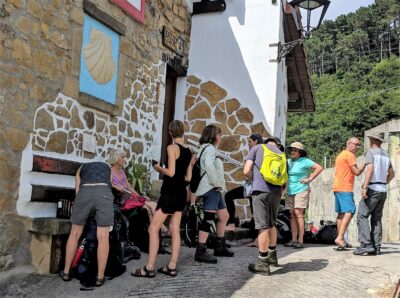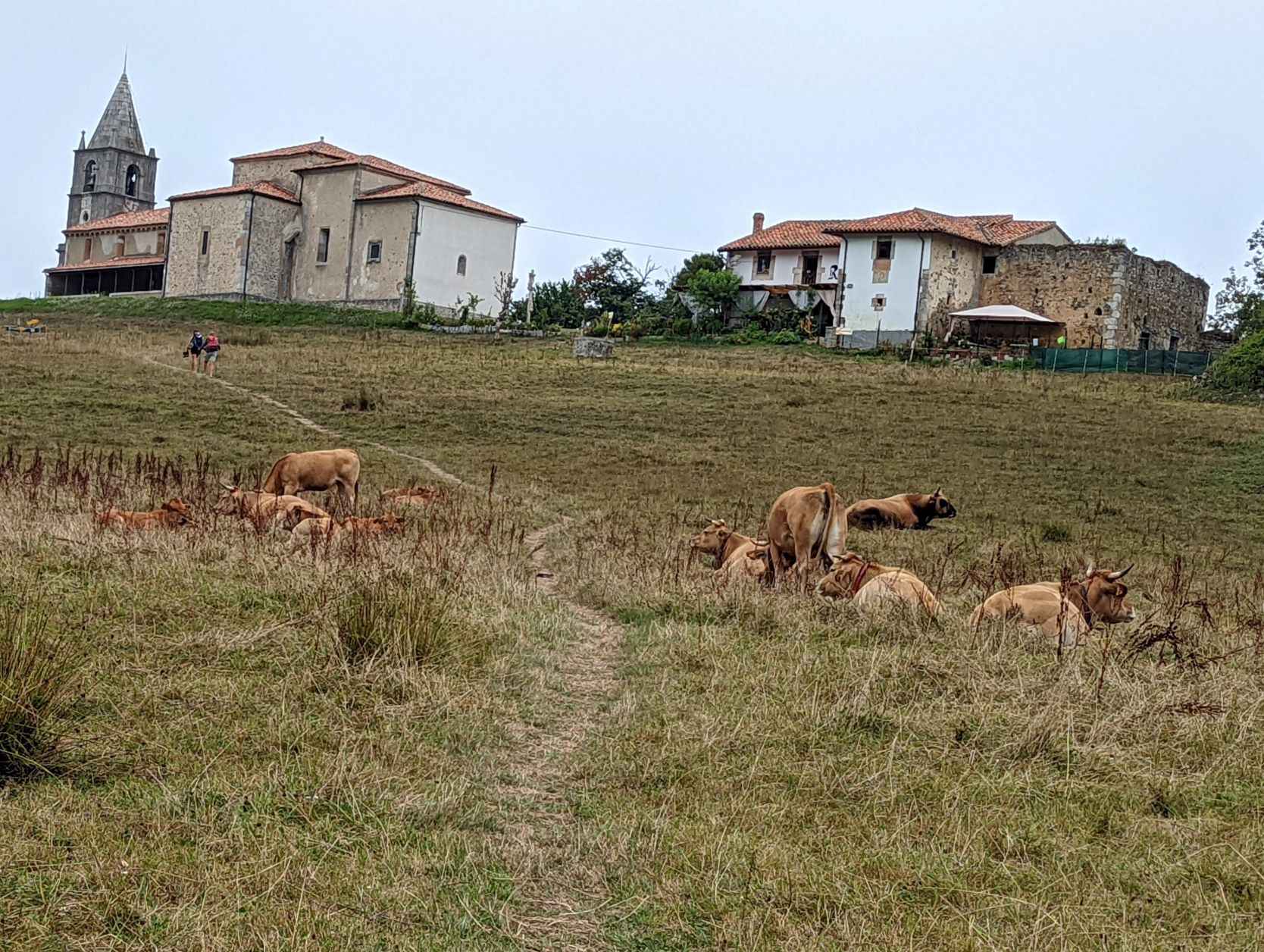Places to Stay
Places to stay are very, very important and a major factor in each pilgrim’s journey. Where are the best ones you ask?
The devil is in the details when choosing the right place to stay for any given pilgrim: prices range from free (for camping and some albergues) to expensive (for hotels with 4 or 5 stars). Everyone has their own “right choice” based on their personality, schedule, budget, privacy needs, and risk tolerance.
 While accommodations of all types are common along the Path, they are NOT everywhere, nor do they provide an unlimited resource. Some sections of el Camino might include 15 to 20-kilometers (9 to 12-miles) with few, or even no, “official” places to spend the night. Each of these etapas (or stages in English) has its own set of terrain and services. Careful planning that includes what time a peregrino expects to arrive at a place, whether or not reservations are accepted, the difficulty of the terrain involved, and a bit of “Kentucky windage” to allow for the delays that are a normal part of each day’s hike is an ABSOLUTE NECESSITY.
While accommodations of all types are common along the Path, they are NOT everywhere, nor do they provide an unlimited resource. Some sections of el Camino might include 15 to 20-kilometers (9 to 12-miles) with few, or even no, “official” places to spend the night. Each of these etapas (or stages in English) has its own set of terrain and services. Careful planning that includes what time a peregrino expects to arrive at a place, whether or not reservations are accepted, the difficulty of the terrain involved, and a bit of “Kentucky windage” to allow for the delays that are a normal part of each day’s hike is an ABSOLUTE NECESSITY.
An example: the line of peregrinos awaiting the opening of the albergue for us to claim a bunk for the night can be daunting, indeed, when only a few bunks are available. When I arrived at Albergue “Santa Ana” in Pasai Donibane at what I planned to be the end of my first day’s hike from Irun to Pasai in 2018, I found a crowd of people ahead of me, each one hoping for one of the 14 bunks available. I got the last one, in part because other peregrinos and the albergue’s volunteers chose to care for the “senior peregrino,” a mere 72 years old at the time, and find an alternate place for a younger person. It was confusing as all get out, but the result was much appreciated at the time.
Today, however, I realize that my poor planning and execution (I stopped for a leisurely lunch rather than get in line early) SHOULD have made me the pilgrim finding an alternate place to stay. And I would have been without some “that poor old man” ageism.





